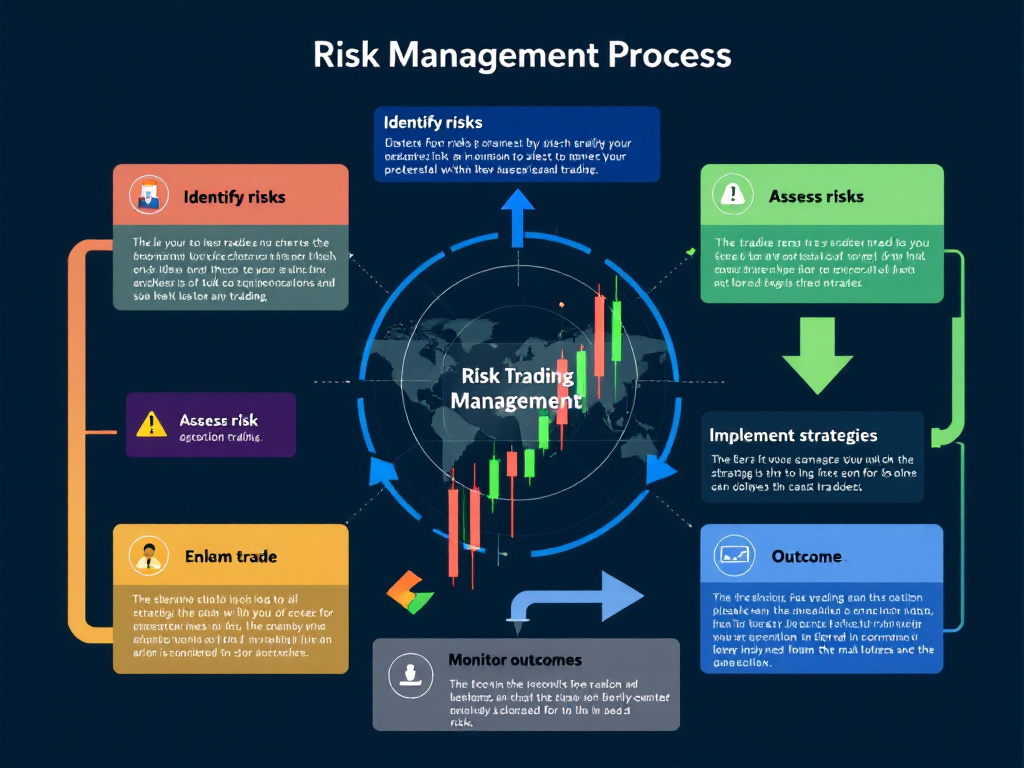Proven Prop Trading Commodities: Advanced Insights
In the fast-paced world of prop trading, especially in commodities, mastering advanced backtesting and risk management techniques is crucial. As proprietary trading strategies become more automated and data-driven, traders must leverage sophisticated tools and adhere to stringent regulatory standards to maintain performance consistency and reduce losses. This comprehensive guide is crafted for advanced traders, quants, risk managers, and firm owners looking to refine their backtesting processes and secure a competitive edge.
Introduction to Advanced Prop Trading Commodities Strategies
Proprietary trading in commodities demands rigorous analysis, nimble decision-making, and a mastery of both traditional and modern backtesting paradigms. Whether you are a junior trader or a seasoned quant, understanding how to properly develop, test, and refine trading strategies can make a significant difference to your portfolio’s performance.
Figure 1: Screenshot displaying an advanced backtesting report from a leading tool, detailing key performance indicators such as drawdown and Sharpe ratio.
Key Backtesting Challenges in Prop Trading
In the realm of prop trading, avoiding common pitfalls in backtesting is essential for ensuring robust strategy development. Traders must be wary of issues such as:
- Overfitting: Crafting a strategy that performs exceptionally on historical data but fails in live markets.
- Survivorship Bias: Only using data from successful instruments, which may skew performance expectations.
- Look-Ahead Bias: Using information that wouldn’t have been available during the time of trading decisions.
- Data Snooping: Excessively tweaking strategies based on historical patterns, resulting in misleading performance.
To mitigate these risks, experienced prop traders integrate rigorous out-of-sample testing, systematize forward testing (paper trading) before full deployment, and continuously validate data sources.
Advanced Backtesting Techniques and Integration
Walk-Forward Optimization vs. Traditional Backtesting
Unlike traditional backtesting which relies solely on past data, walk-forward optimization iteratively tests strategies with a moving window of data. This process helps ensure a strategy’s robustness under varying market conditions. Key benefits include:
- Real-Time Adaptability: Adjusting to dynamic market shifts.
- Improved Risk Management: Identifying drawdown thresholds and volatility adjustments earlier in the process.
Integrating walk-forward analysis with out-of-sample testing provides a more accurate simulation of live trading performance.
Out-of-Sample and Forward Testing Best Practices
Beyond sample data testing, supplement your backtesting with robust forward testing. This involves:
- Using historical data to structure a test suite where an initial period is isolated as an out-of-sample segment.
- Executing a paper trading phase that mirrors live conditions without real capital exposure.
- Monitoring specific metrics such as the Sharpe Ratio, maximum drawdown limits, and profit factor to evaluate performance.
For optimal integration, ensure that the same parameters and market conditions apply in both backtesting and paper trading phases.
In-Depth Comparison of Backtesting and Prop Trading Tools
Automated backtesting tools are indispensable for modern prop trading. Here, we compare some widely recognized platforms:
| Tool | Backtesting Features | Data Quality & Coverage | Integration Capabilities | Pricing & Use Case |
|---|---|---|---|---|
| TradingView | Event-driven and vectorized strategies, commission/slippage simulation | Extensive historical data across global asset classes | API access, broker integration, community scripts | Freemium model; highly scalable for both retail and prop firms |
| NinjaTrader | Advanced order execution simulation, strategy optimization | Robust futures and forex historical datasets | Direct broker integration, automated trading systems | One-time purchase with trial; suitable for in-depth futures analysis |
| Trade Ideas | Automated parameter optimization, scenario analysis, stress testing | High-frequency data feeds for equities, commodities, and more | API for integration with additional analytics platforms | Subscription-based model; ideal for team collaboration in prop environments |
This table underscores the importance of choosing a tool that not only meets historical backtesting needs but also scales for live, team-based trading environments prevalent in prop firms.
Case Studies: Real-World Prop Trading Success
Case Study 1: Optimizing Commodity Spread Strategies
A mid-sized proprietary trading firm sought to enhance its commodity spread strategies. The team integrated NinjaTrader’s backtesting module which provided precise simulation of commission impacts and slippage. By adopting walk-forward optimization and rigorous out-of-sample tests, the firm reduced the maximum drawdown by 15% and improved its Sharpe ratio from 0.8 to 1.2 over a six-month testing period.
Case Study 2: Automated Parameter Optimization for Crude Oil Trading
An advanced trading desk specializing in crude oil leveraged Trade Ideas to automate its parameter optimization. Using integrated scenario analysis, the team systematically refined entry/exit points. As a result, the firm observed a 20% increase in profit factor within three months. These refined strategies were subsequently tested in a controlled paper trading environment before full deployment, ensuring minimal risk exposure.
Figure 2: Detailed backtesting report showcasing improved Sharpe ratio and reduced drawdown metrics, vital for prop trading decisions.
Expert Guidance and Pro Tips for Prop Trading Success
Pro Tip: Always cross-verify backtesting results using multiple data sources to avoid biases such as survivorship and look-ahead bias. Incorporate real market scenarios and adjust for market anomalies by using stress testing features available in tools like Trade Ideas.
Industry Insight: Integration of API access in platforms like TradingView enables traders to pull real-time data and combine it with algorithmic backtesting, forming a seamless loop between research and execution.
Implementing a Risk Management Checklist
An effective risk management strategy is the backbone of sustainable prop trading. Here is a downloadable risk management checklist that outlines:
- Daily stop loss limits
- Profit take levels
- Dynamic position sizing based on volatility
- Regular review intervals for strategy refinement
You can integrate this checklist with your trading algorithm, ensuring that each trade adheres to a preset risk framework. For additional details, see our Prop Trading Risk Management Guide.
Conclusion and Next Steps
Advanced prop trading commodities strategies require a delicate balance between robust backtesting, accurate data interpretations, and continual risk management. By leveraging tools like TradingView, NinjaTrader, and Trade Ideas, and integrating advanced techniques such as walk-forward optimization and out-of-sample testing, traders can create resilient strategies that adapt to dynamic market conditions.
For prop firms and individual traders alike, the next step is clear: implement a systematic approach to backtesting, integrate actionable insights from advanced tool comparisons, and continuously update strategies based on real market feedback. Enhance your trading desk’s performance by adopting these methods and consulting our additional resources linked within this guide.
Explore our other prop trading resources, such as Advanced Backtesting Techniques and Top Prop Trading Tools Reviewed, to continue your journey towards trading excellence.







